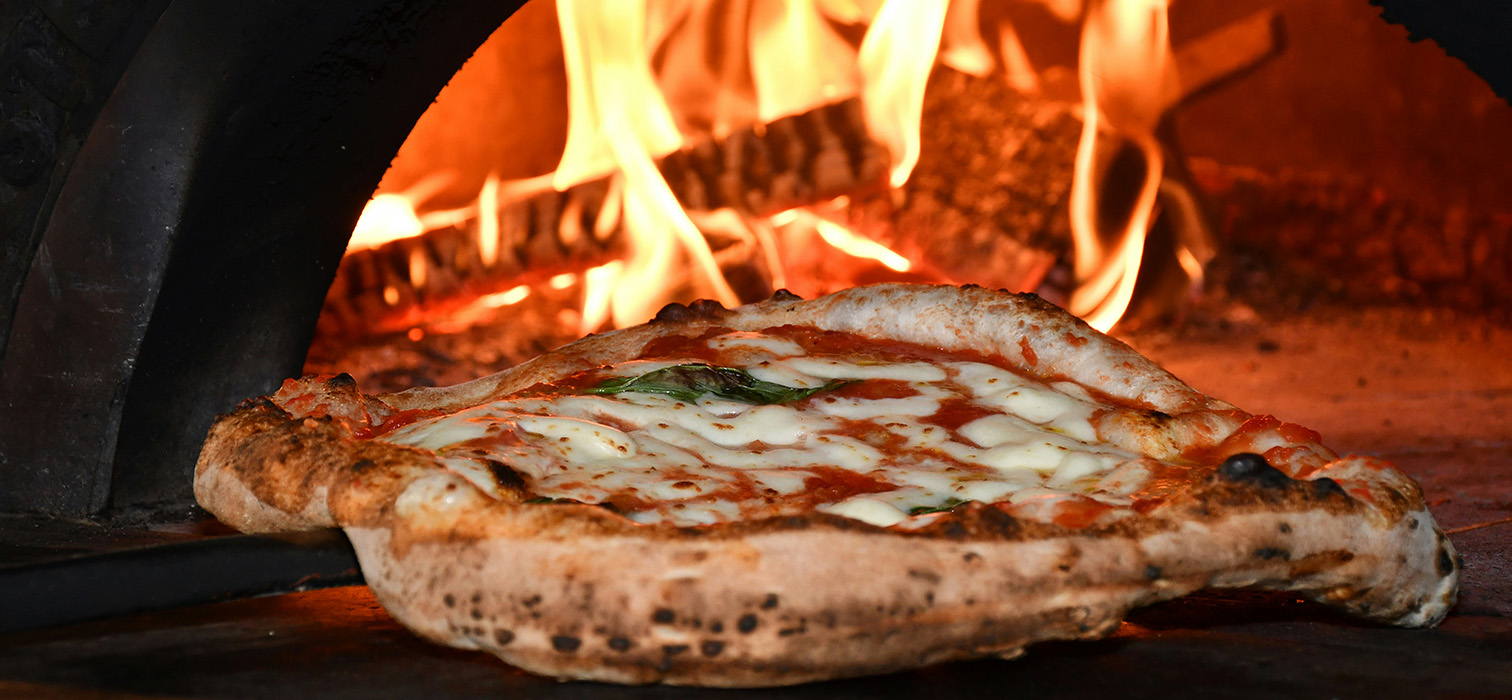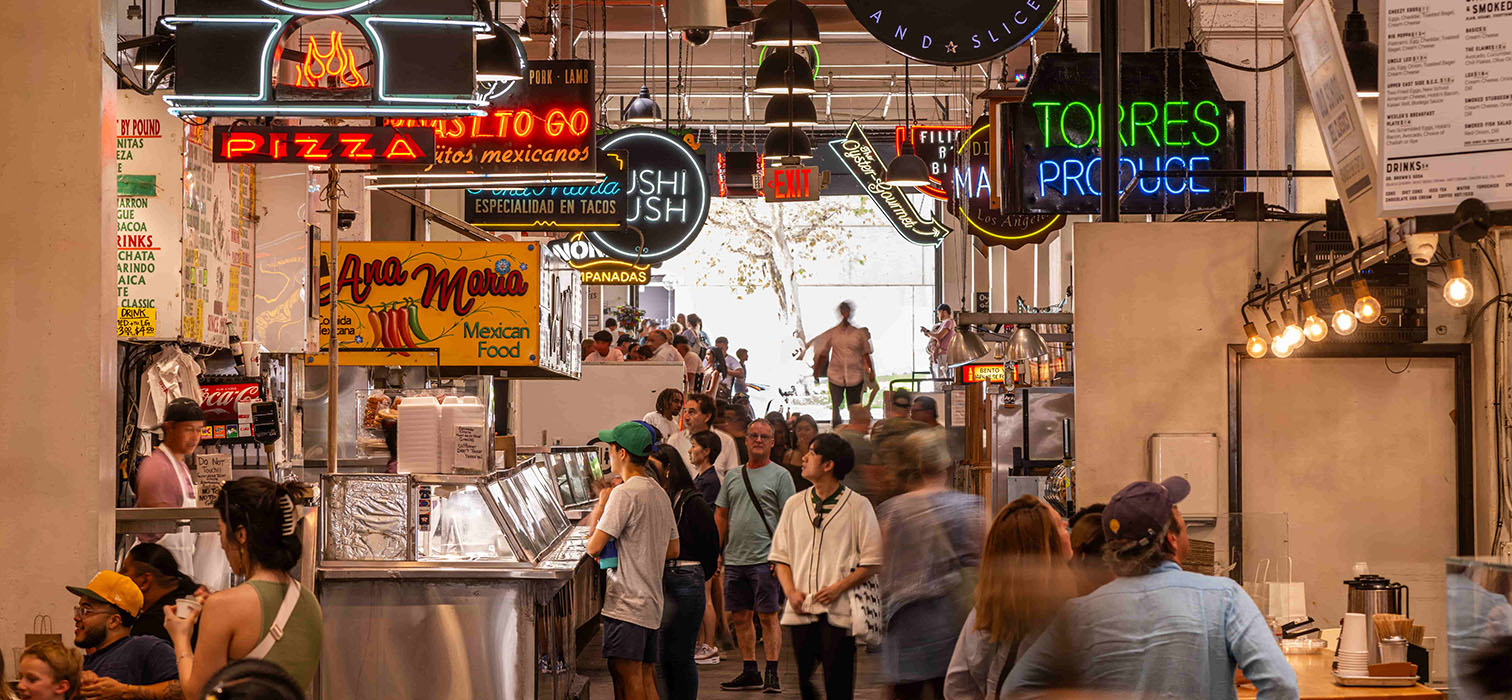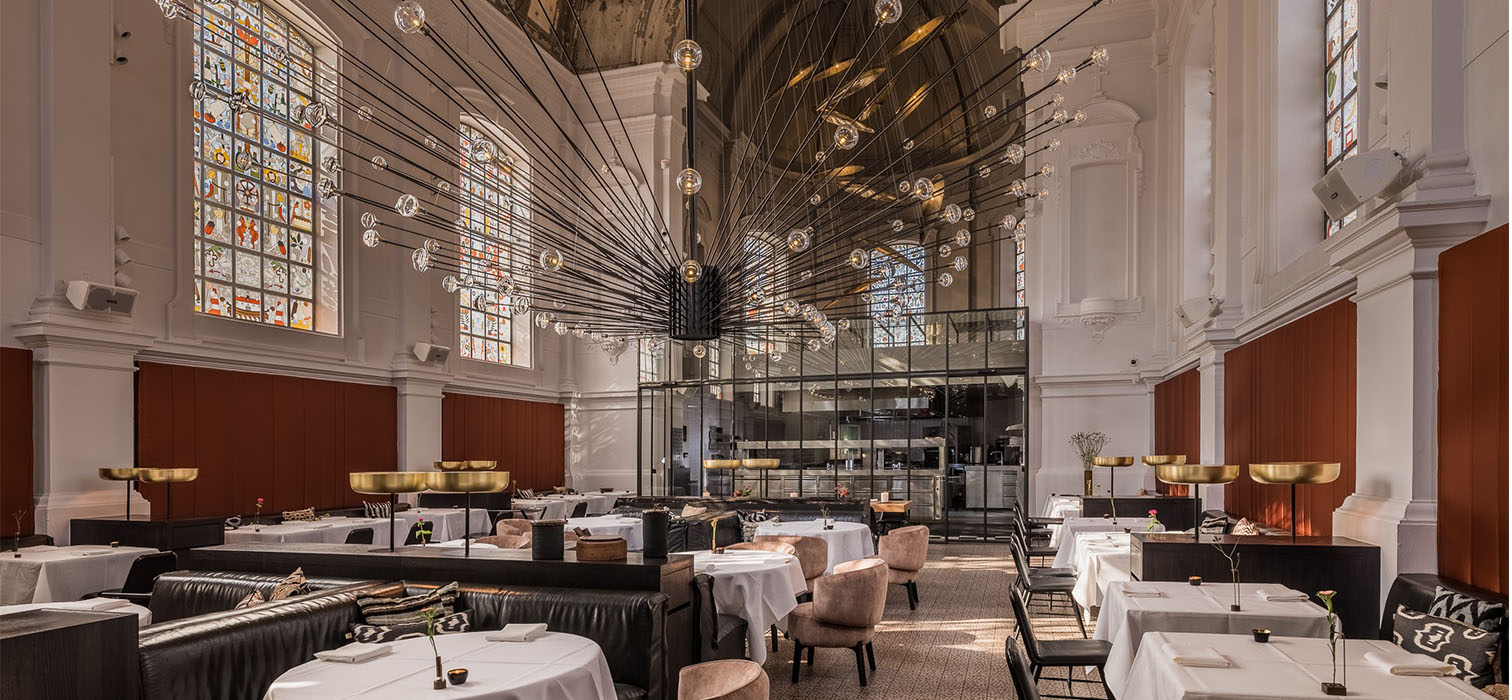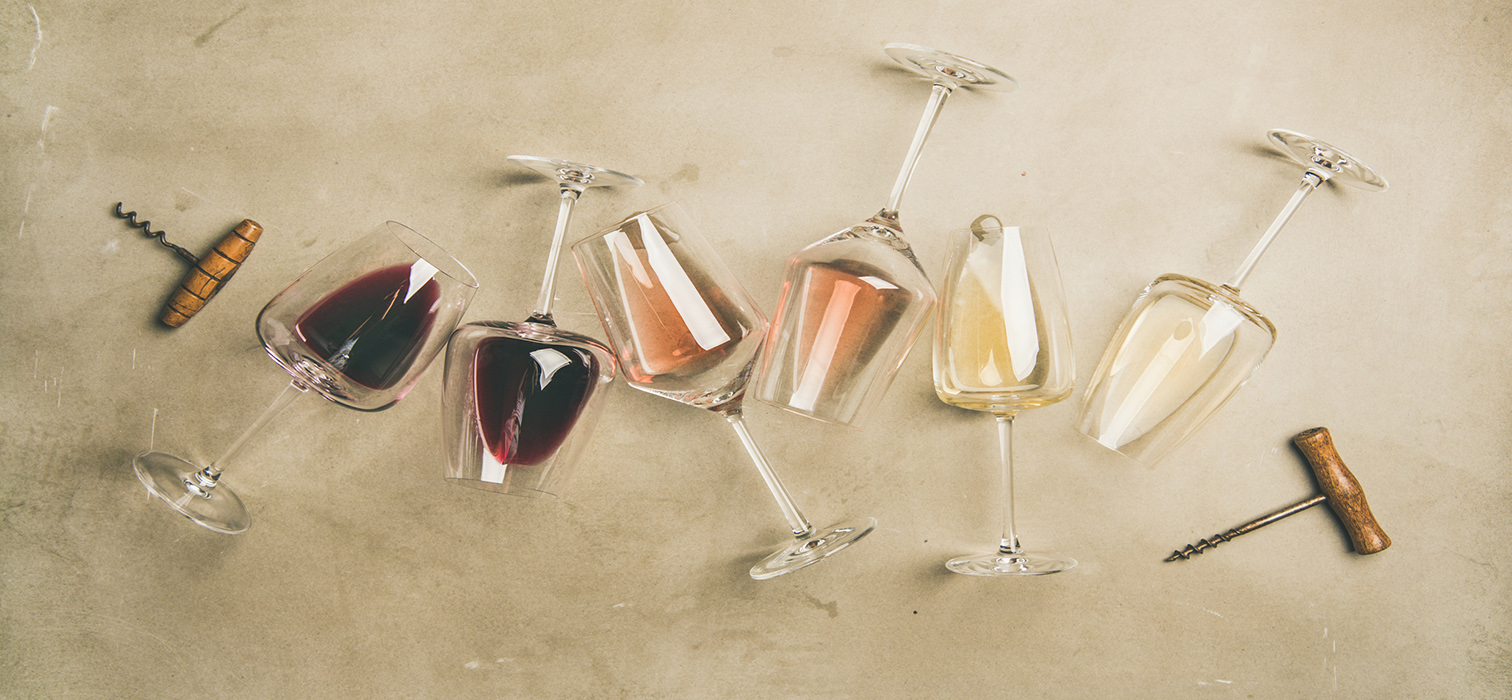
A guide from Saatolog that will help you get to know wine and its world better…
Acid: A natural part of wine that creates a lively taste and balances out the sweet and bitter components. Too much acid results in an overly tart, sharp, or sour wine; too little makes it flat and flabby. Acetic acid, citric acid, tartaric, malic acid, and lactic acid are the most common.
Acidity: The natural liveliness / crispness that activates salivary glands, and a leading determinant of balance of a wine.
Aroma: The smell (or smells) of wine (see “bouquet” for more).
Aeration: Exposing wine to air so that it can “breathe” before drinking it. When oxygen is introduced to wine, it releases aromas and opens up flavors much like swirling wine in a glass does.
Aftertaste:The taste or flavors that linger in the mouth after tasting wine, also known as “finish.” This is the most significant factor in assessing a wine’s character and quality.
Aging: holding wine in barrels, tanks, and bottles to advance them to a more desirable state
Alcohol By Volume: A measure of the alcohol levels in an alcoholic beverage, often truncated to ABV. The average glass of wine contains about 11-13% alcohol, but bottles can range from 5.5-20% ABV.
Appellation: A legally defined geographical name that identifies where wine grapes were grown. In France, the Appellation d’Origine Contrôlée (AOC) is the official certification for designated regions. In the United States, appellations are called American Viticultural Areas (AVAs) — examples include Paso Robles, Sonoma Coast, and Napa Valley.
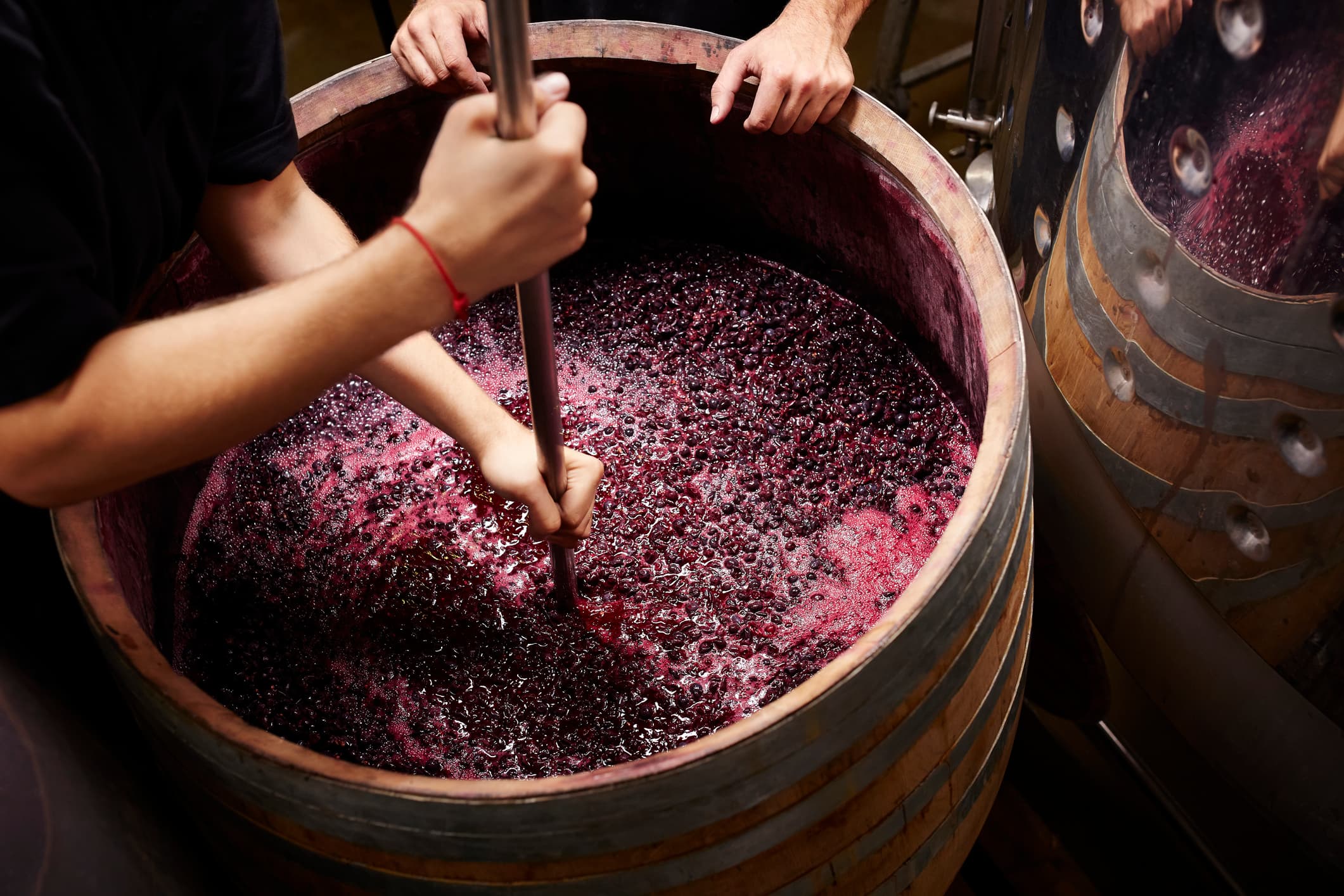
Biodynamic Wine: Wine produced according to the guidelines of the Biodynamic Farming and Gardening Association, which follows a holistic, ecological, and ethical method that forgoes synthetic chemicals or additives. Think of it as “organic plus.”
Body: The sense of thickness on the palate resulting from a mix of the wine’s alcohol content, sugar levels, and dissolved solids. A good analogy for wine body is milk — a light-bodied wine is akin to nonfat milk, medium-bodied wine is like whole milk, and full-bodied wine feels similar to creamer.
Biodynamic: A farming strategy that combines principles of organic farming and concepts developed by Rudolf Steiner, an Austrian philosopher. Some of these include the use of manure and compost as a substitute for artificial chemicals; incorporating livestock into plant care; and the following of an astrological planting calendar.
Bordeaux: A region in southwest France, as well as any wine produced in this location. Both red and white Bordeaux wines exist, but the red wine version is the most well-known.
- Vintage 2024: A Hot, Dry, and Early Harvest
- An Interview with Mustafa Çamlıca about His Award-Winning Wines
- Best Whiskey Bars in Istanbul
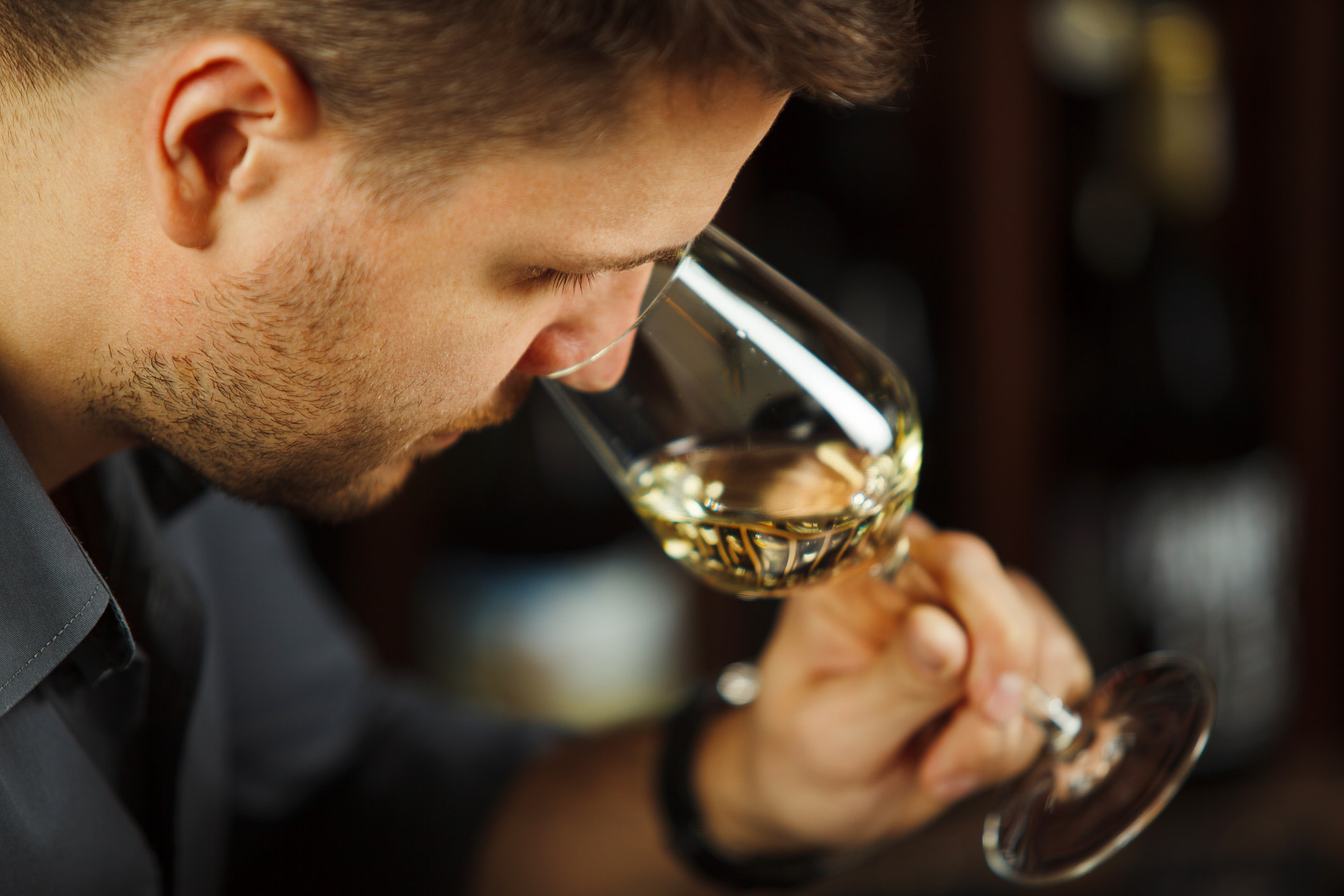
Botrytis Cinerea: Better known by the more descriptive and easier-to-pronounce “noble rot” or “gray mold,” botrytis cinerea is a beneficial fungus that grows on wine grapes and enhances sweetness and flavor complexity.
Brix: The sugar content of wine grapes that allows winemakers to measure the potential alcohol content of a wine before it’s produced.
Brut :The French term for dry, which is the opposite of sweet in wine terms. Most often used to describe dry Champagne or sparkling wines.
Burgundy: A wine region in eastern France, as well as any wines (called Burgundies) produced there. The area’s most well-known wines are dry reds made from Pinot Noir grapes and white wines made from Chardonnay grapes.
Bottle age : How long a wine has spent maturing in the bottle.
Breathing : When wine is decanted, allowing it to react with air.
Buttery: Indicates the smell of melted butter or toasty oak. Also a reference to texture, as in “a rich, buttery Chardonnay.”
Blend : A wine made from more than one grape varietal. Wines are blended for many reasons. To make a more harmonious or complex wine, wines with complementary attributes may be blended. For example, a wine with low acidity may be blended with a high-acid wine or a wine with earthy flavors may be blended with a fruity wine. To create a uniform wine from many small batches is another goal, since grapes from different vineyards, stages of the harvest and pressings are frequently vinified separately and the small batches differ slightly. Red Bordeaux offers a prime example; five different grapes may be used, each contributing its own nuances to the blend.
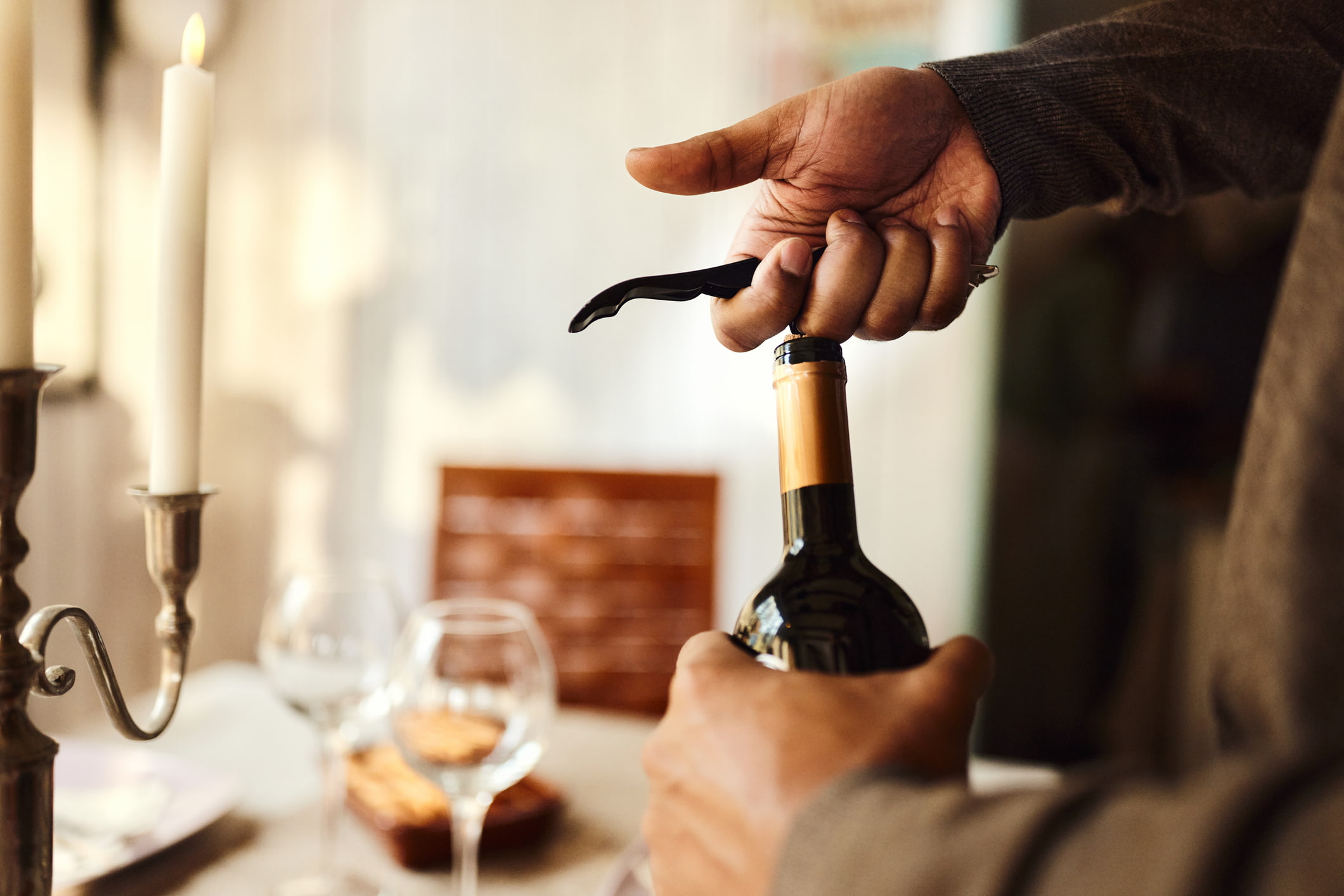
Blind Tasting: The act of tasting without knowing certain information about the wine. There are two main types of bling tasting: single blind and double blind. Single blind is how editors at Wine Spectator conduct their official reviews, by “blinding” the producer and price of a wine (the region, varietal(s) and vintage are known), in order to ensure full objectivity. Double blind indicates that none of the wine’s characteristics are known.
Bouquet: A term that refers to the complex aromas in aged wines. The smell that a wine develops after it has been bottled and aged. Most appropriate for mature wines that have developed complex flavors beyond basic young fruit and oak aromas.
Blanc de Blancs: “White from whites,” meaning a white wine made entirely of white grapes, such as Champagne made only of Chardonnay instead of a mix of white and red grape varieties.
Blanc de Noirs: “White from blacks,” meaning a white wine made of red or black grapes, where the juice is squeezed from the grapes and fermented without skin contact. The wines can have a pale pink hue. This term is used for Champagne that is made entirely from Pinot Noir and/or Pinot Meunier instead of a mix of both red and white grape varieties.
Blush:Also known as rosé, this term describes a pink or salmon-colored wine made from red grapes. The wine may be dry or sweet.
Cava: Spanish sparkling wine produced in the same fashion as Champagne. Consider it the Champagne of Spain.
Champagne: Sparkling wine made in the French geographical region of Champagne. Only sparkling wines produced in this specific area can be called Champagne with the uppercase “C,” so be sure to check the wine label if you want the real deal. champagne can only be made using Chardonnay, Pinot Noir, and Pinot Meunier grapes.
Chaptalization: The process of adding sugar to unfermented grapes in order to increase the alcohol content of the finished product.
Chardonnay: A wine grape used to make Champagne and other white wines. Also, wine made from this greenish-white grape.
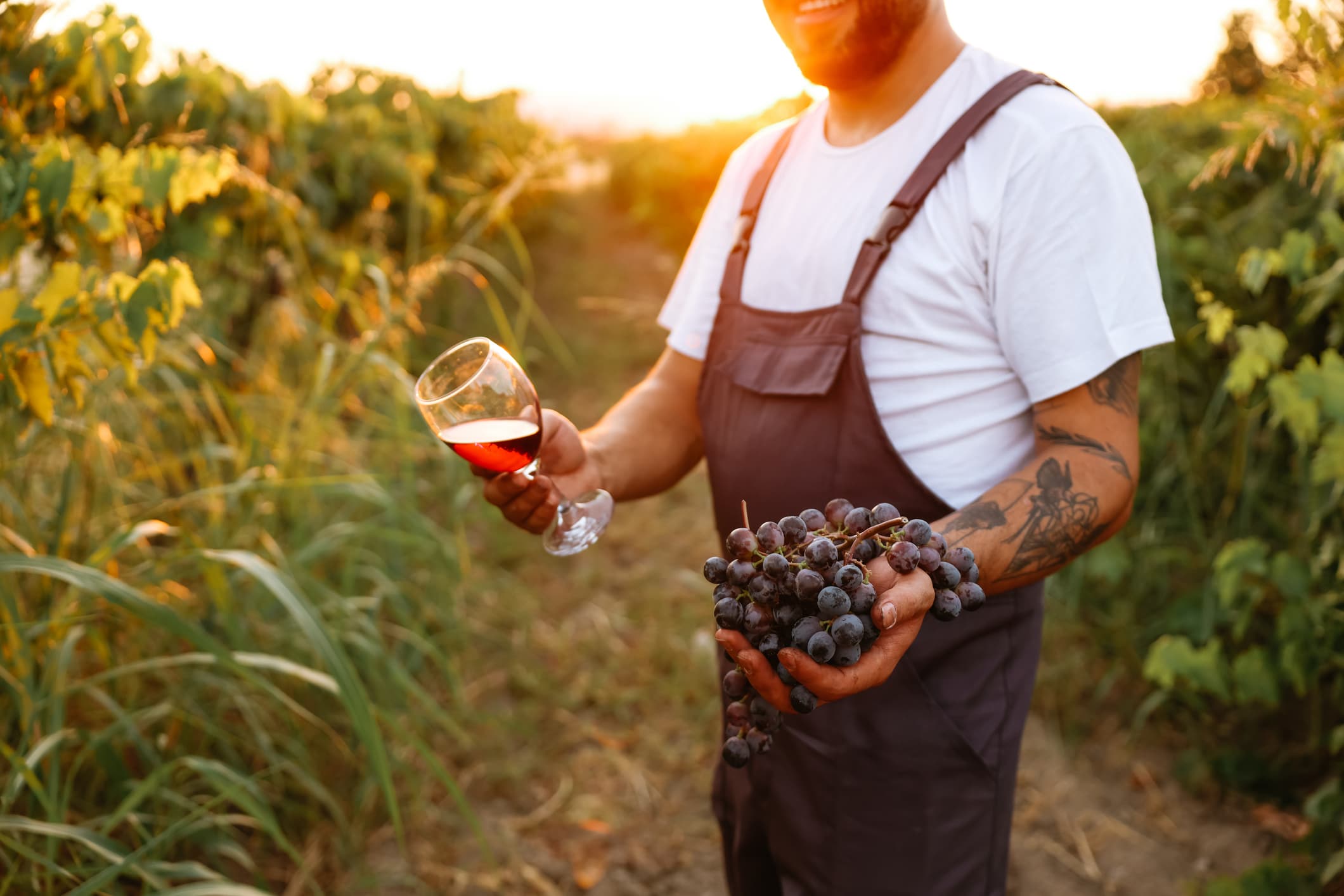
Complex : A wine exhibiting numerous odors, nuances, and flavors.
Complexity: An element in all great wines and many very good ones; a combination of richness, depth, flavor intensity, focus, balance, harmony and finesse.
Corked: A cork-top wine bottle that has been ruined with cork taint, a.k.a. spoilage that results in a musty smell and flat flavor.
Cuvée: In Champagne, a blended batch of wine.
Cru: A French term, “cru” generally refers to a vineyard or group of vineyards that have similar characteristics. The term “cru” is officially codified in some old world countries and regions. In Bordeaux, the highest quality wines are called Premiers Crus and in Burgundy, Grands Crus.
Gran Reserva :Spanish wine label term indicating the wine was aged at least five years and a minimum of two years in oak.
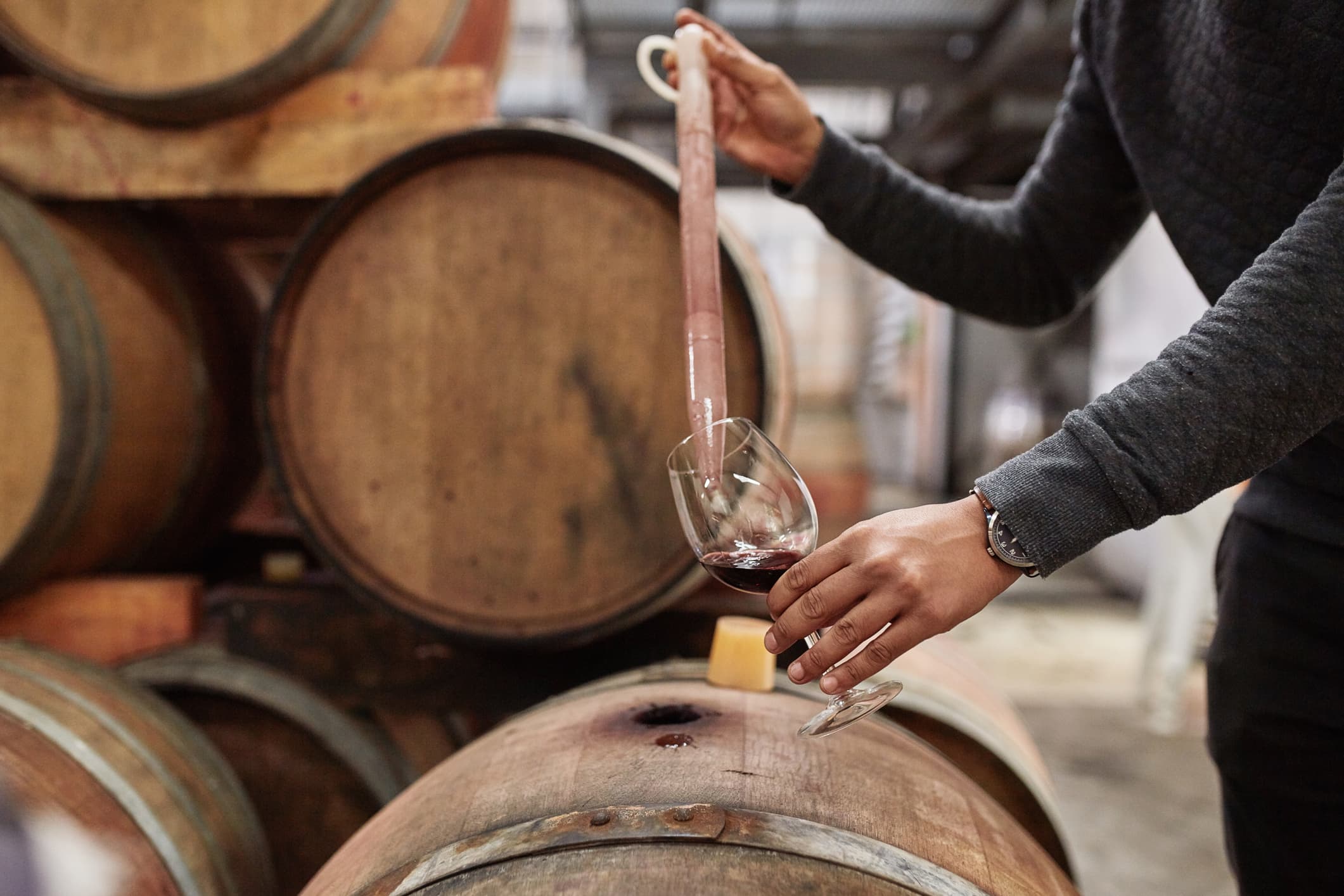
Premier Cru – Translated as “first growth,” Premier Cru wines are one of the highest classed growth wine in France, second only to Premier Grand Cru.
Premier Grand Cru – Premier Grand Cru means “first great growth”, these wines are the highest classed growth wines in France.
Cru classé : A top-ranking vineyard-designated in the Bordeaux Classification of 1855
Decanting: Pouring wine from one container into another, usually from a wine bottle to a decanter. Doing so allows the wine to aerate and separates it from any sediment.
Demi-sec: A French term meaning “half-dry” used to describe a sweet sparkling wine
Dry: A taste sensation often attributed to tannins and causing puckering sensations in the mouth; the opposite of sweet. Also called “brut” in French
Dessert Wine: Any sweet wines served with dessert, typically in a small wine glass. Port, Moscato, late-harvest Riesling, and ice wine (made from grapes that froze while still on the vine) are examples.
Enology: The science of wine and winemaking (see “oenology”)
Earthy: Aromas or flavors reminiscent of damp soil, smelling of mushrooms, forest floor or truffles. Older Bordeaux are frequently described as such.
Fermentation: The winemaking process that turns grape juice into alcohol. Yeast is sometimes added to the grapes to convert the grape sugars into ethanol and carbon dioxide, giving the wine its alcohol content.
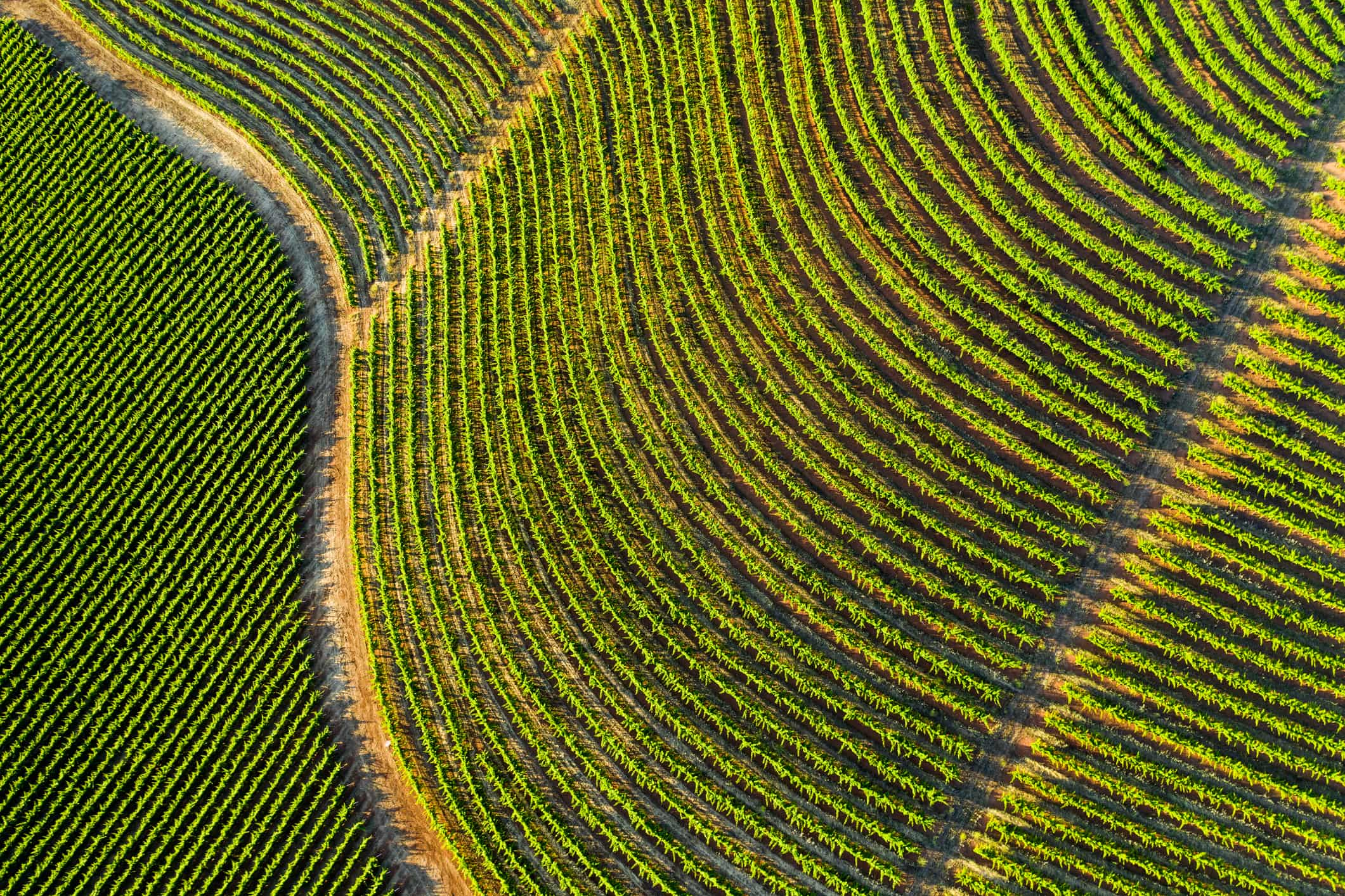
Fining: Also called clarifying, this technique in the winemaking process removes any unwanted particles (such as dead yeast cells) before bottling. The most common fining agents include gelatin, egg whites, milk, fish bladders, and bentonite clay.
Finish: One key to judging a wine’s quality is finish—a measure of the taste or flavors that linger in the mouth after the wine is tasted. Great wines have rich, long, complex finishes.
Fruity: A tasting term for wines that exhibit strong smells and flavors of fresh fruit
Full-bodied: A wine high in alcohol and flavors, often described as “big”.
Length: The amount of time that flavors persist in the mouth after swallowing wine; a lingering sensation
Malic acid :One of the three predominant acids in grapes. Tart-tasting malic acid occurs naturally in many fruits, including apples, cherries, plums, and tomatoes.
Magnum: A 1.5 L wine bottle, equivalent to 2 standard bottles.
Malolactic fermentation: A secondary fermentation in which the tartness of malic acid in wine is changed into a smooth, lactic sensation. Wines described as “buttery” or “creamy” have gone through “malo.”
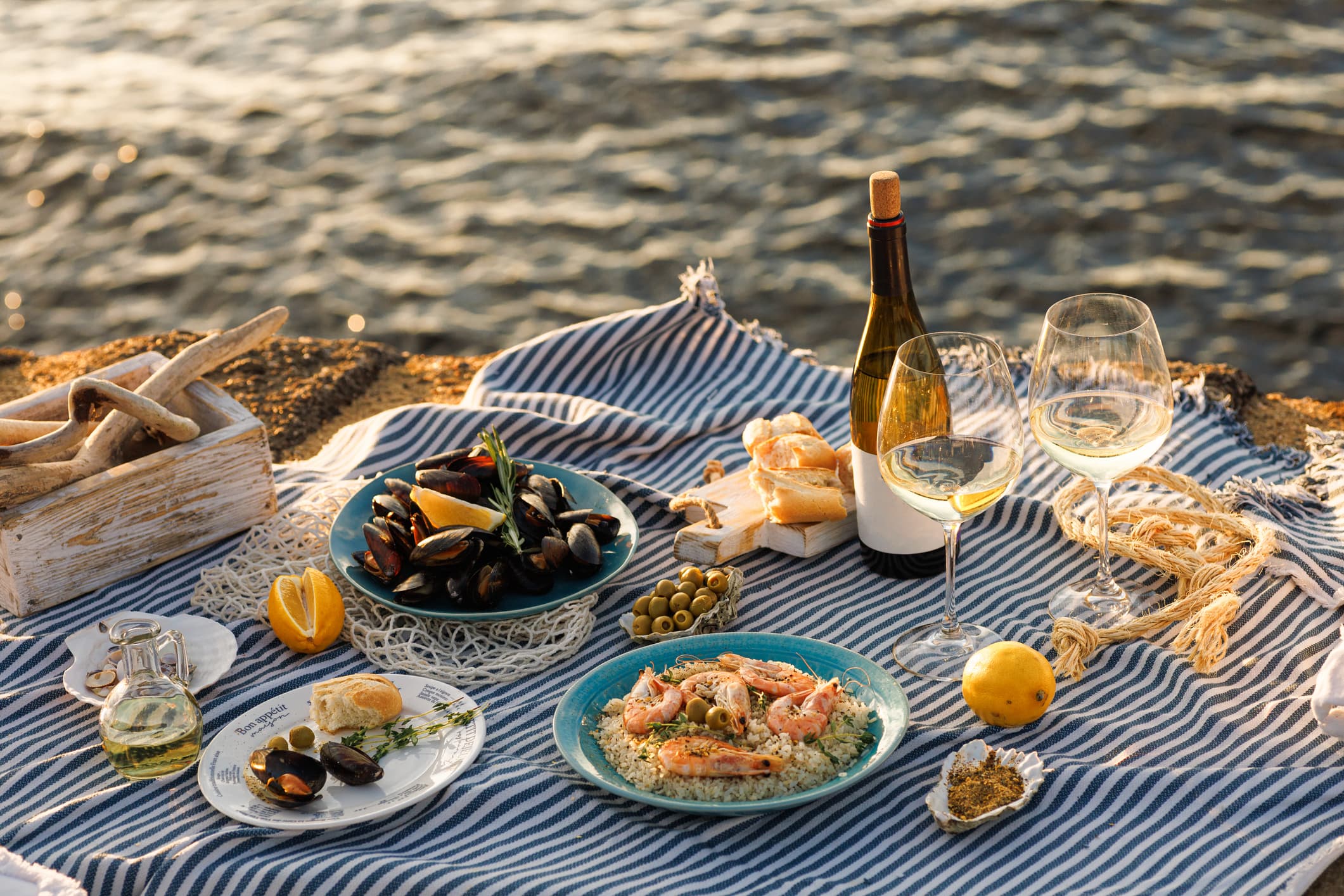
Mature: Ready to drink
Merlot: A black grape variety originally from the Bordeaux region of France. Also used to describe a dry, mild, and low-tannin red wine made from this grape.
Mouthfeel: The physical sensations in the mouth that wine (or any food or drink) creates. Smooth, velvety, sharp, or rough are some examples.
Must: Derived from the Latin word meaning “young wine,” must is the unfermented grape juice that contains the fruit’s skins, seeds, and stems.
Natural Wine: Although the term is not regulated by the FDA, natural wine means no artificial or synthetic ingredients have been added to it.
Negociant: The French word for a wine merchant or wholesaler who buys grapes, grape juice, or wine in various stages from others and sells the final product under his or her name.
New World Wine: In the broadest sense, this is any wine from non-traditional European winegrowing regions, such as Africa, Australia, Chile, and Argentina. It also refers to a modern approach to winemaking that utilizes various technologies and manipulations.
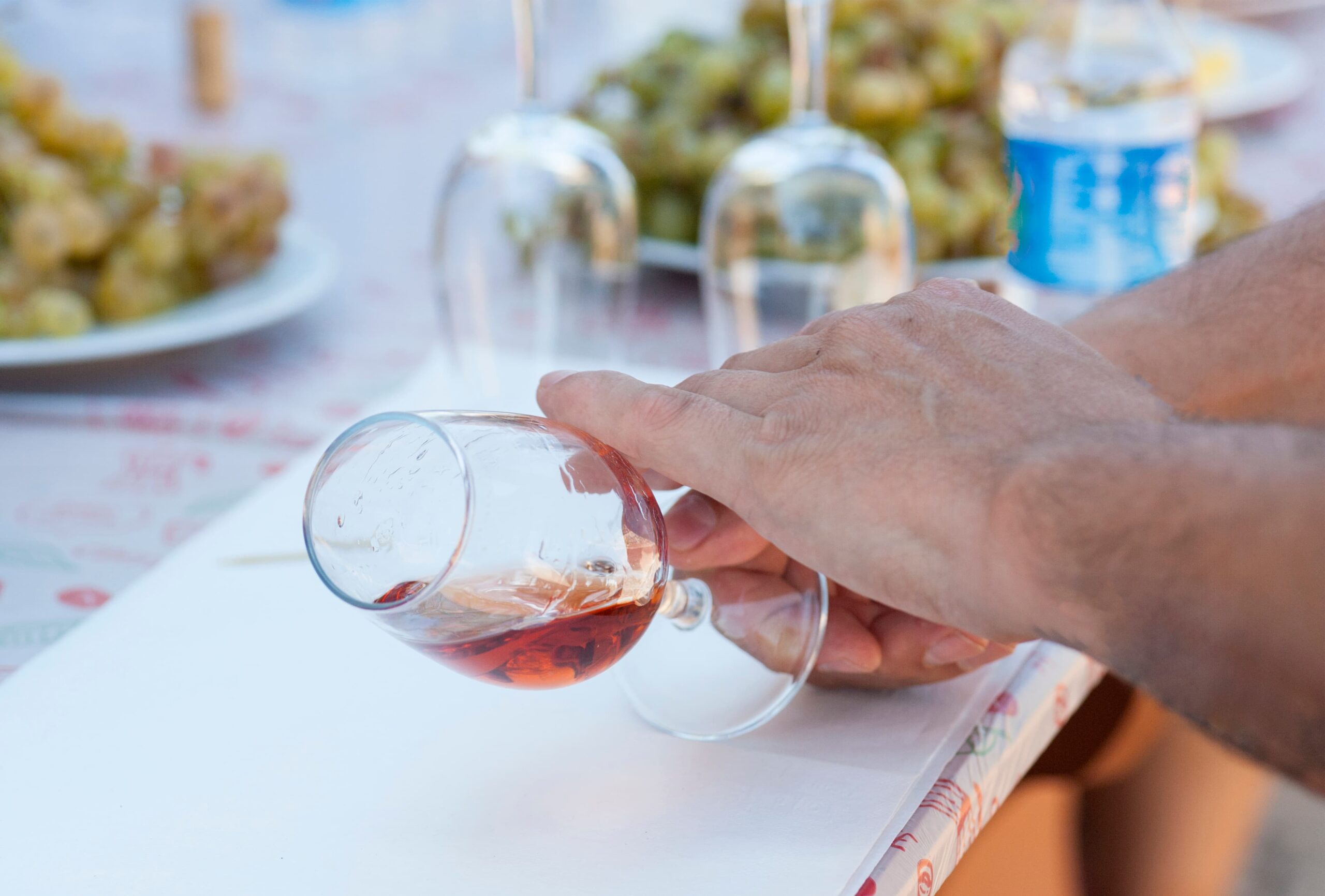
Nose: Another word for aroma, this term describes the smell of wine in a glass.
Oenology: The study and science of wine and winemaking.
Oenophile: A wine lover, plain and simple. Also called a vinophile if you want to keep it casual.
Old World Wine: An umbrella term for traditional winegrowing regions in Europe, such as France, Italy, and Spain. It also implies tradition, history, and minimal intervention when it comes to winemaking.
Organic Wine: Wine made with organic grapes and without the use of pesticides, herbicides, or synthetic ingredients. Organic wine production must follow organic farming practices, and the wine label will indicate this.
Pinot: Literally translated as “pine” in French, pinot is any black or white grape variety used to make Pinot Noir and Pinot Grigio, respectively. Also refers to any wine made from these grapes.
Racking: The act of transferring wine (or technically, grape juice) from one vessel to another to ensure that all sediment — including grape skins and seeds — is removed.
Red Wine: A type of wine produced from dark-colored grapes. Hues may range from a deep purple (young wines) to brick red (mature wines) and brown (older wines).
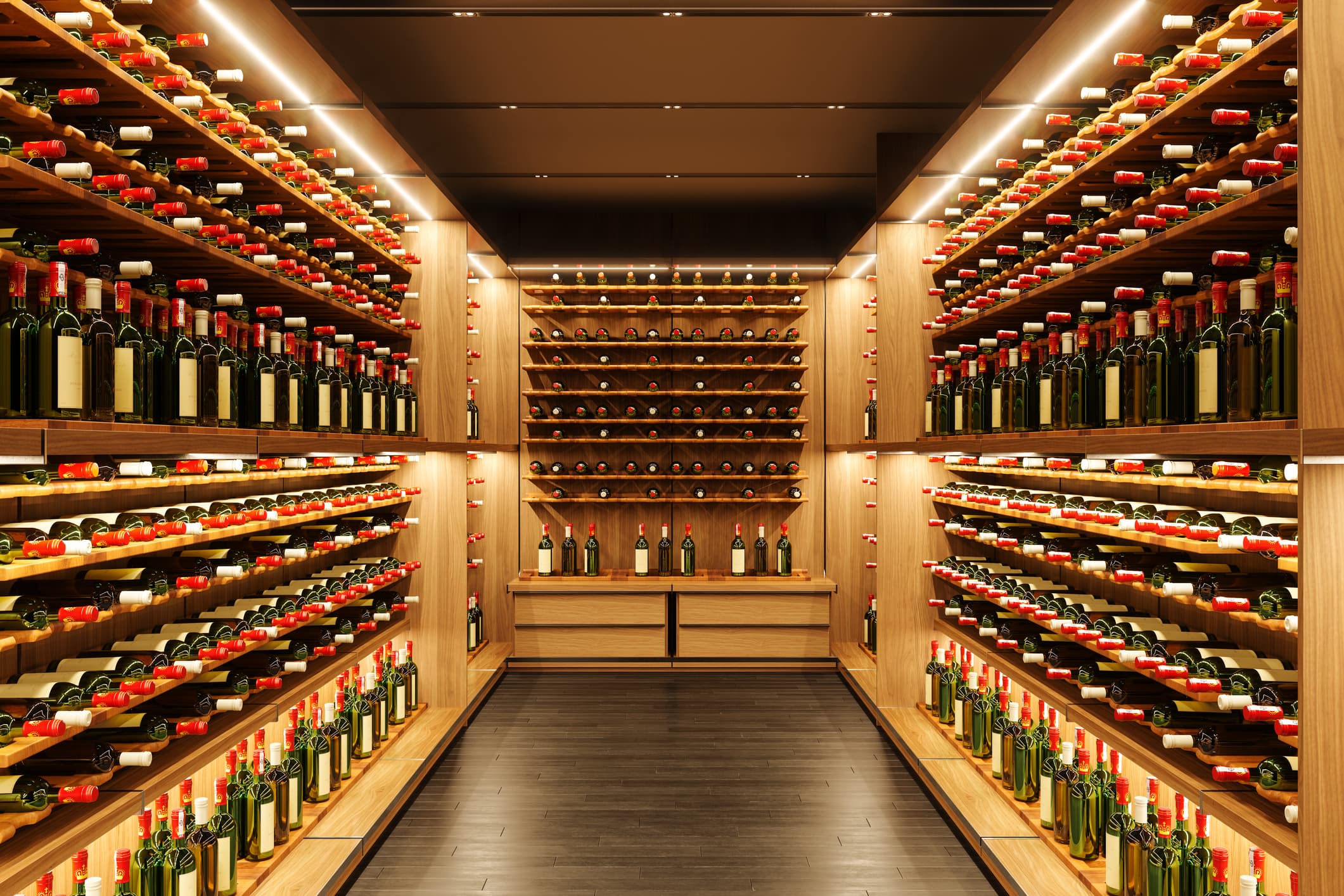
Reserve: Indicates the best wine of the lot, sometimes over-zealous marketing.
Residual Sugar: The amount of grape sugar left in wine after the fermenting process is complete and alcohol is created.
Rosé Wine: Also known as blush wine, rosé is a genre of wine — like reds and whites — that can be made from any red grape and cultivated in any wine region. The time it ferments with grape skins is shorter than with red wine, which creates its signature pink hue.
Rustic: Describes wines made by old-fashioned methods or tasting like wines made in an earlier era. Can be a positive quality in distinctive wines that require aging. Can also be a negative quality when used to describe a young, earthy wine that should be fresh and fruity.
Round: Describes a texture that is smooth, not coarse or tannic.
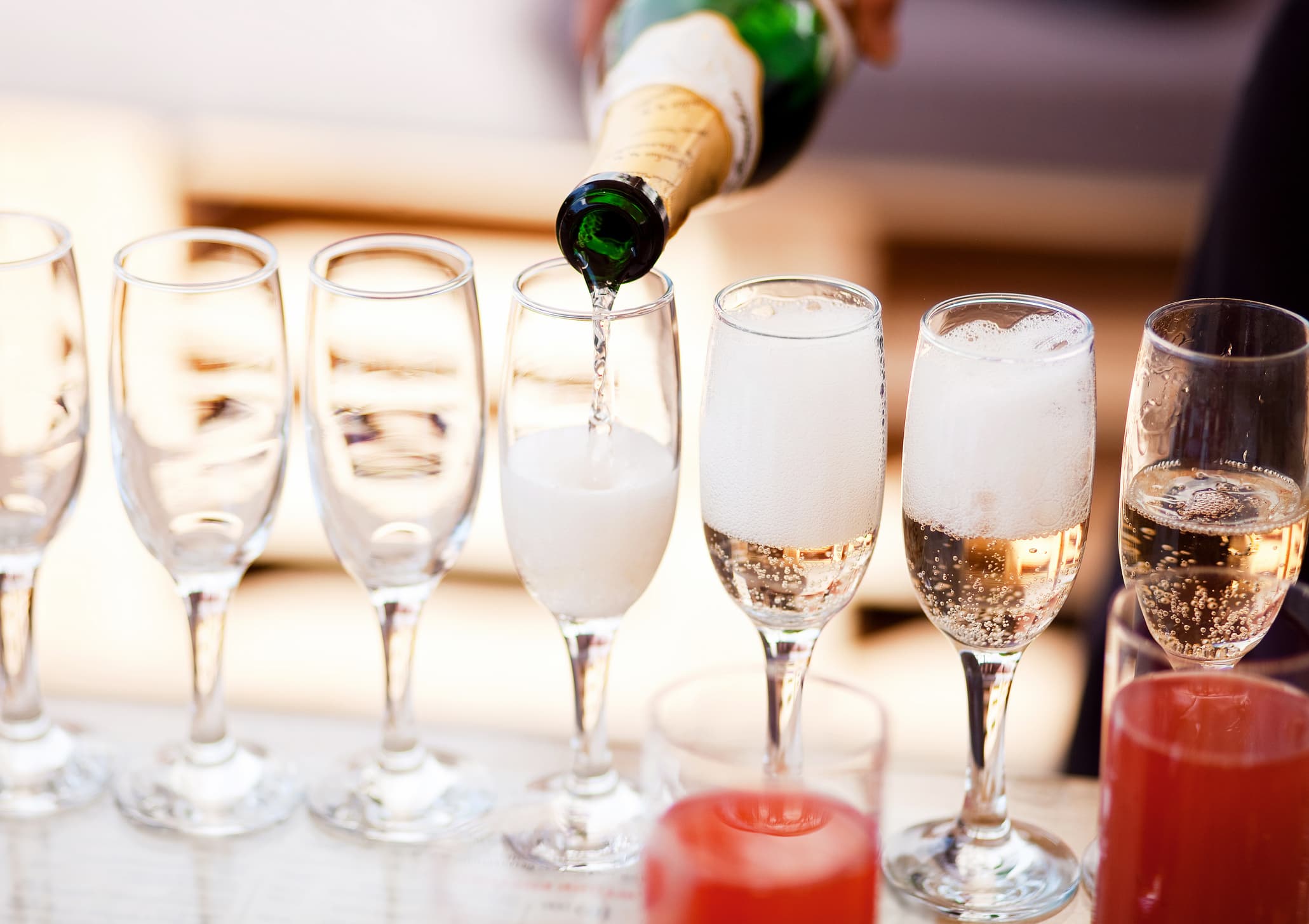
Sec: The French word for “dry.”
Sommelier: A wine expert who suggests, selects, and serves wine at restaurants. The most dedicated sommeliers take courses and exams to get certified, which establishes their skills in tasting and evaluation, wine knowledge, and service.
Sparkling Wine: Any wine with enough carbon dioxide to make it fizzy and bubbly. A term often used interchangeably with champagne (lowercase “c”), although such usage contributes to the continuing confusion about these wine terms.
Spicy: A tasting term used for odors and flavors reminiscent of black pepper, bay leaf, curry powder, baking spices, oregano, rosemary, thyme, saffron, or paprika found in certain wines
Sulfites: Naturally occurring compounds found in wine (as well as the human body and some foods). Sulfites can also be artificially created to prevent the growth of yeast and bacteria in wine, which could ultimately ruin its taste, texture, and color.
Table Wine: An everyday wine that’s affordable and of decent quality. It also refers to a wine that’s not fortified or sparkling.
Tannins: Natural compounds found in wine that create an astringent, drying, and bitter flavor on the tongue. Typically, red wines are more tannic than white wines. High-tannin reds include Cabernet Sauvignon, Nebbiolo, and Cabernet Franc.
Terroir: From the French word “terre,” meaning “earth,” terroir describes the entire natural environment where a particular wine is produced, including the soil, climate, and topography.
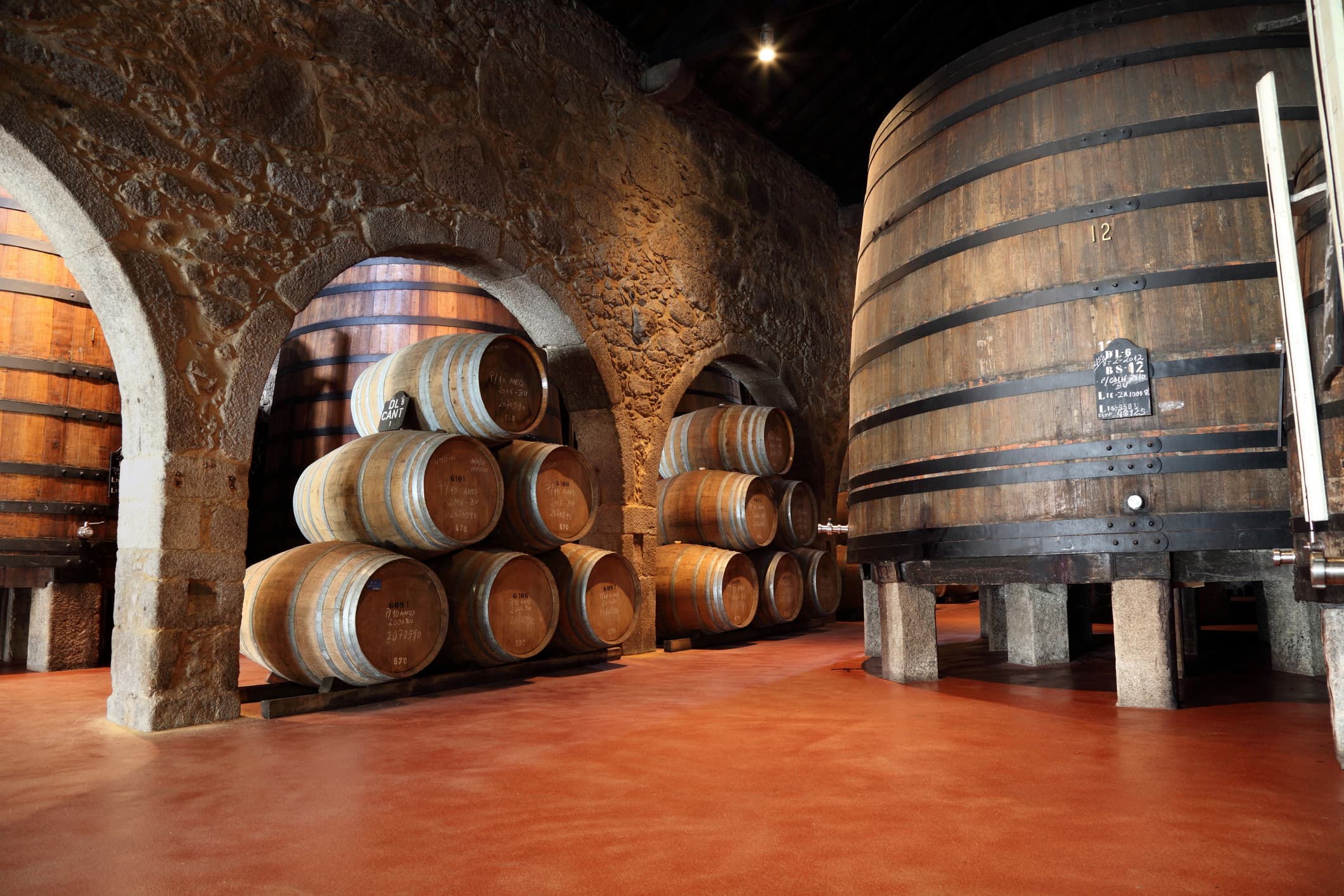
Tartaric acid: The principal acid in grapes, tartaric acid promotes flavor and aging in wine
Varietal: Another word for grape variety; made from or belonging to a single variety of grape. Examples include Bordeaux, Cabernet Sauvignon, Chardonnay, Grenache, Merlot, and Zinfandel.
Viniculture: The practice of cultivating grapes for winemaking.
Vintage: The year a wine is bottled—the yield of wine from a vineyard during a single season.
Viticulture: The practice of growing grapevines, be it for wine or grape juice.
White Wine: A type of wine produced from grapes that are fermented without grape skin contact. Wine colors may range from pale yellow to yellowish-green to deep gold.
Wine Legs: Also known as wine tears, these streaks form on the sides of a wine glass after swirling. Although believed to indicate wine quality, that’s just a myth.
Wine Pairing: The art of combining food with wine to create the best possible eating and drinking experience.
Yeast: Sugar-eating fungus that turns grape juice into wine during fermentation.
Zinfandel: A popular black-skinned wine grape variety often grown in California.
Zymology: The science of fermentation in wine.

